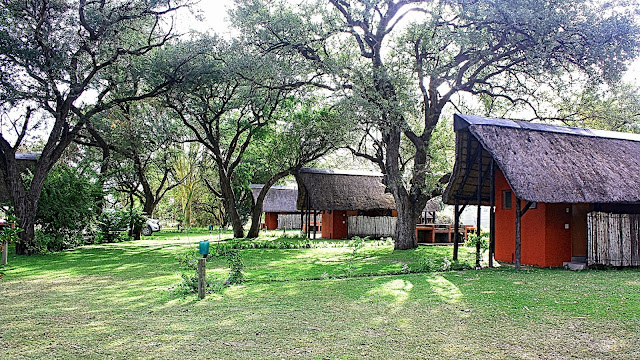Namibian Himba tribe and their colour perception
Most of us have remained unaware of this interesting topic, but there is a question that has plagued the world of psychology for some time now, “What came first, thought or language?” Now obviously it shouldn’t come as a shock that there is no concrete answer to this question, but rather opinionated arguments backed by research.
A question that has popped up as well is whether the language you speak influences the way you perceive colour, the thought sounds a bit crazy right? How could a specific language have an effect on something that should look the same to most human beings? The thing is it can. A variety of tests and research has been conducted using various cultural groups as subjects, which has led to fascinating results. One of these studies – conducted by Debi Roberson, Jules Davidoff, Ian R. L. Davies, and Laura R. Shapiro, all academics– was done with regards to the Himba tribe in Northern Namibia.
The Himba tribe is a branch of the Herero tribe that has been isolated from most modern societies, with this I mean that they have chosen to maintain their traditional lifestyle rather than adopting traditions from western cultures. This has allowed the community to develop their linguistic abilities within the use of their own language only, and with no external influences.
So what the group attempted to research was whether or not the Himba community sees things differently to other cultures, by looking at the way their language has affected their perceptions of colour.
The tests they performed were done with individuals that could not speak any other languages, and the researchers used translators to communicate with the Himbas. They used different coloured tiles to put together a baseline of colour groupings according to the Himba language. What they found was intriguing. Western languages have eleven colour categories, ie. green, blue, yellow, red, white, and so forth, but the Himbas only have five.
These include:
Serandu – is used to describe reds, browns, oranges, and some yellows.
Dambu – includes a variety of greens, reds, beige, and yellows, and is also the term used for a Caucasian person.
Zuzu – is used to describe most dark colours, black, dark red, dark purple, dark blue, etc.
Vapa – is used for some yellows and white.
Buru –is used to describe a collection of greens and blues.
Because of the ways in which their colours are categorized, it influences the way Himba’s perceive the colours. During the research, the group of Himbas who were tested were given a collection of twelve coloured tiles – eleven were the same colour and one different – arranged in a circle, and asked to choose the one that looked different to the others. The initial tests were conducted using eleven tiles of one shade of green and one tile slightly lighter or darker. To western eyes the difference would take a while to notice, however the Himba’s were able to quickly pick out the different shade of green.

Following this, they did a similar test, but the circle then consisted of eleven green tiles and one blue tile. It took the Himbas a longer period of time to find the difference between the blue and the green. The reason for this is that the Himba language has more terms describing different shades of green, where blue and green is grouped together under the same term. This phenomenon makes it harder for the Himbas to differentiate between the colours that we deem completely different from one another. The findings supported the claim that language can in fact affect the way in which you see colour.
If you want to know more about this topic, the article Color categories: Confirmation of the relativity hypothesis has all the information you need and can direct you to additional articles. For those not overly fond of detailed reading, check out the video by BBC on the research done on the Himbas.
Author: Jescey Visagie
Facebook:
NAMIBIA
HIMBA
TRAVEL NAMIBIA


















































